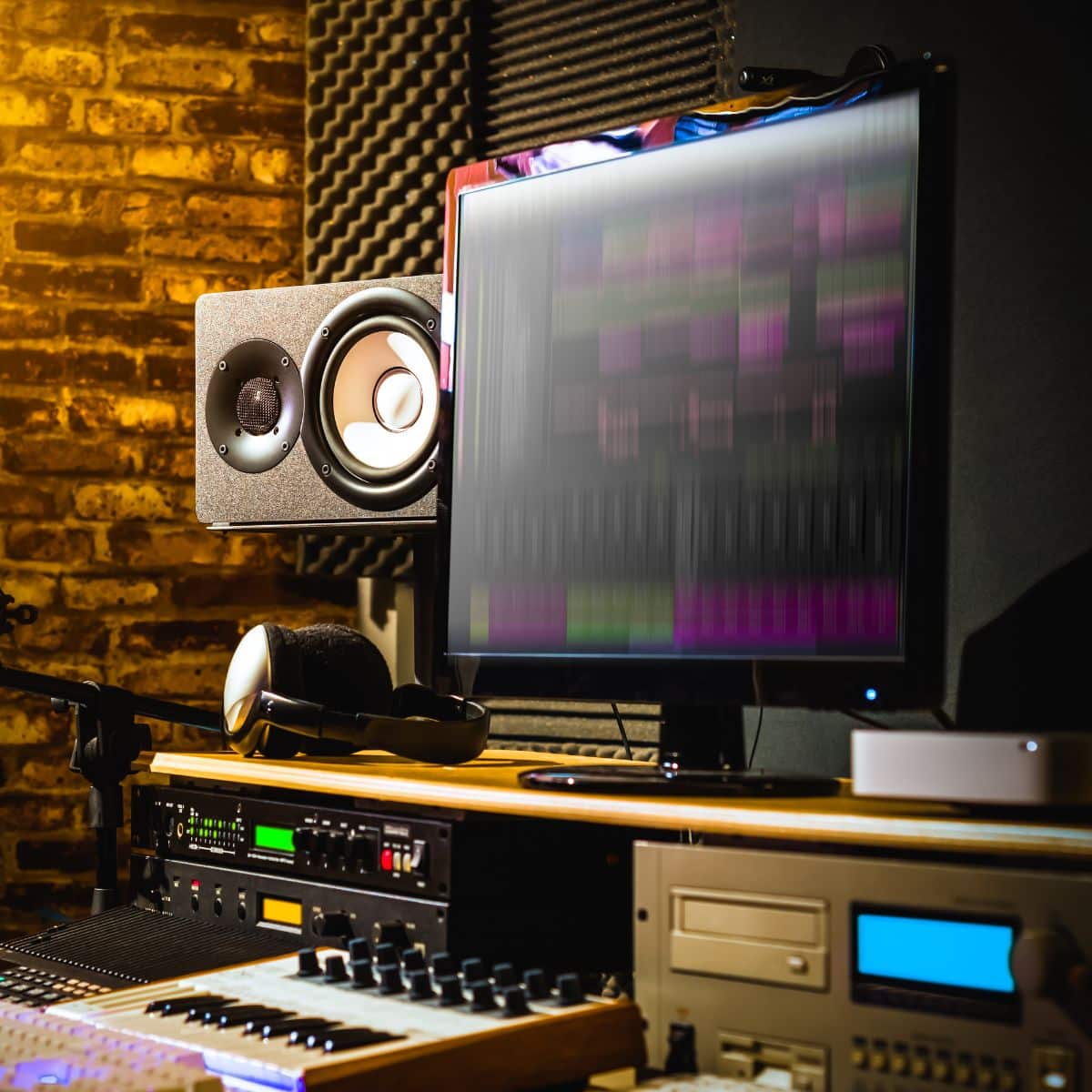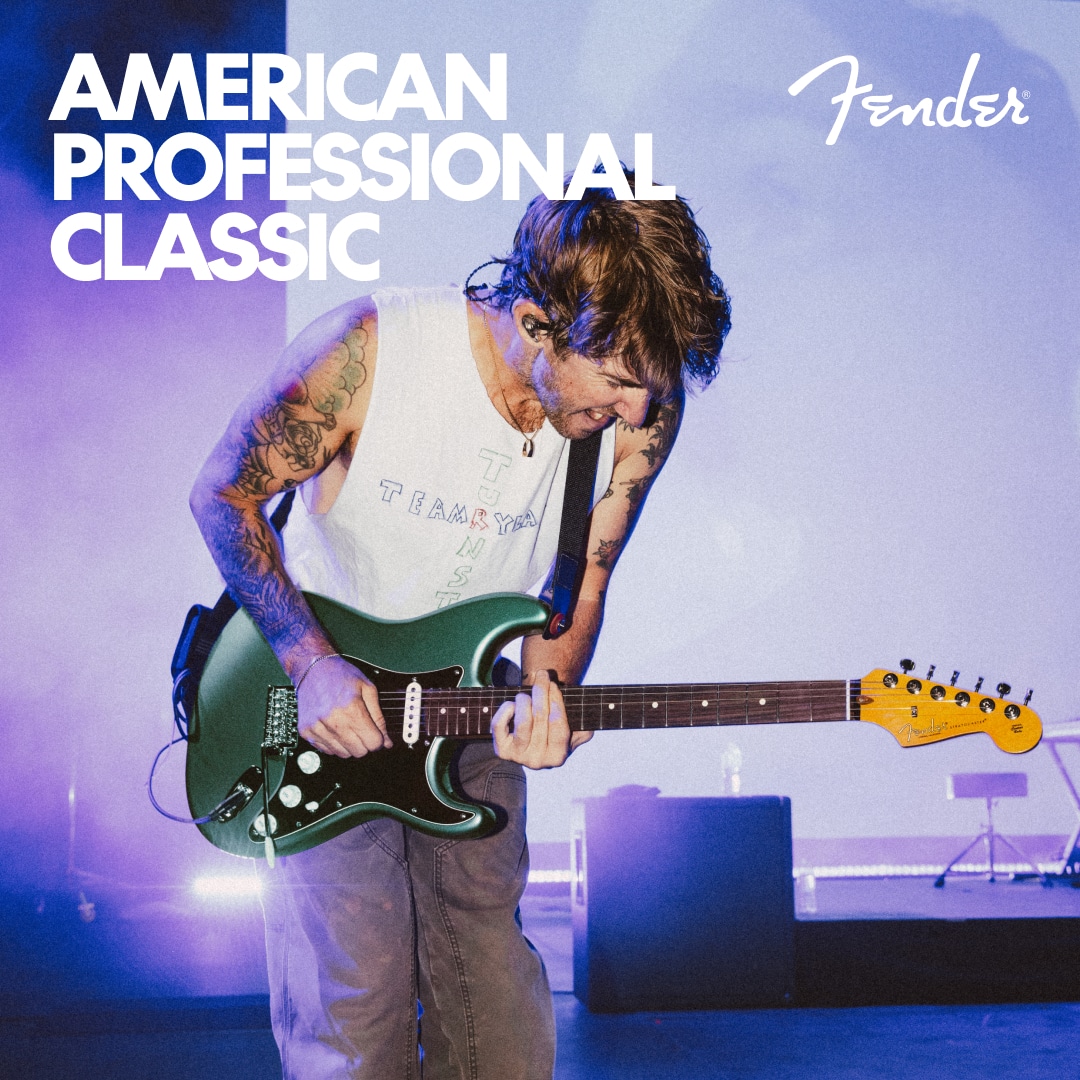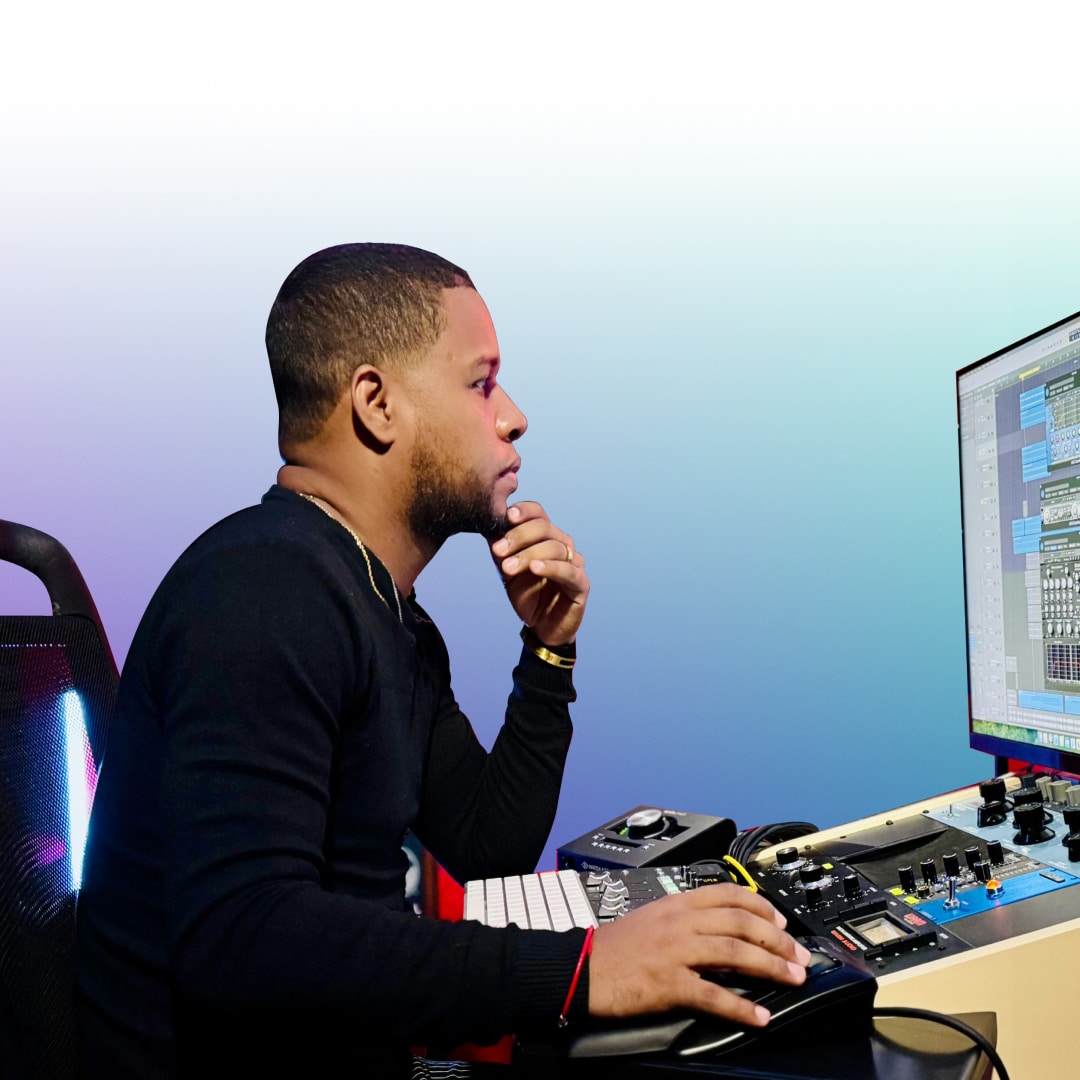The music industry has undergone a seismic shift in the last few decades, transitioning from physical records to a predominantly digital realm. This change has revolutionized how music is distributed, accessed, and enjoyed. In this guide, we delve into the world of digital music distribution, understanding its impact on artists and the industry at large. We will explore how musicians can navigate and leverage these digital platforms to reach wider audiences, protect their rights, and monetize their art effectively.
Understanding the Evolution of Music Distribution
Music distribution, historically, was a tangible affair, involving vinyl records, cassette tapes, and CDs. These physical formats not only limited the reach of artists but also dictated the economics and structure of the music industry. Record stores, label deals, and radio plays were the defining channels for music promotion and distribution. This model favored established artists and labels, often leaving emerging musicians on the sidelines.
The birth of the internet and digital media marked pivotal milestones in music distribution. The introduction of platforms like Napster, despite its legal controversies, signaled the beginning of peer-to-peer (P2P) music sharing, highlighting a growing appetite for digital consumption. This was followed by the launch of iTunes and other online music stores, which legitimized digital sales, allowing users to buy individual tracks rather than entire albums. These developments were crucial in shifting the industry towards a digital-first approach.
Technology has been the driving force behind the shift to digital music distribution platforms. Innovations in internet bandwidth, data storage, and mobile technology have made it possible to stream and download music anywhere, anytime. These technological advancements have not only changed how music is distributed but also how it’s consumed, with streaming becoming the dominant form of music consumption today.
In this rapidly evolving landscape, adaptability is key for musicians. The best digital music distribution strategies now involve more than just making music available online; they require an understanding of digital trends, user behavior, and platform-specific nuances. Musicians must be willing to learn, experiment, and embrace new ways of reaching their audience to stay relevant and successful in the digital age.
Navigating Digital Platforms for Music Distribution
Streaming services offer artists the opportunity to reach millions of listeners globally, far beyond the reach of traditional distribution channels. By featuring these services, musicians can gain exposure, build a fan base, and even secure lucrative deals based on streaming numbers. However, success on these platforms often depends on understanding their algorithms and leveraging playlist placements for maximum visibility.
Online stores such as iTunes and Amazon Music provide a direct route for artists to sell their music. Unlike streaming services, these platforms allow for direct purchases, offering a higher revenue per sale. For many independent artists, these stores are a foundation of their online music distribution strategy, providing a straightforward way to monetize their music.
In the digital era, musicians are presented with a multitude of platforms for distributing their work. Understanding these platforms’ unique features and how best to utilize them is crucial for any artist looking to make a mark in the digital music world. here is how to choose the right platform for your music:
- Identify Your Audience: Different platforms cater to different demographics and music preferences. Understand where your target audience is most active.
- Consider Your Genre: Some genres perform better on certain platforms. For example, electronic music may have a stronger presence on SoundCloud, while pop might fare better on Spotify.
- Evaluate Monetization Options: Platforms vary in how they monetize music. Weigh options between streaming royalties, direct sales, and potential sponsorship opportunities.
- Assess the Platform’s Reach: Choose platforms that offer the best exposure and align with your marketing strategy.
- Factor in Promotional Tools: Some platforms provide better tools for promotion, analytics, and fan engagement. These features can be critical in building and maintaining your audience.
By understanding each platform’s strengths and aligning them with your artistic goals, you can create a comprehensive distribution strategy that maximizes your music’s reach and revenue potential. Remember, the digital music landscape is ever-evolving, so staying informed and adaptable is essential for long-term success.
Digital Rights Management and Aggregators
In the digital music world, protecting your work and ensuring proper distribution are critical. This is where digital rights management (DRM) and aggregators come into play, serving as essential components in safeguarding and effectively distributing an artist’s music. Below is a guide to protecting your music online:
- Choose a Reliable Aggregator: Research and select an aggregator with a good track record in handling music distribution and rights management.
- Understand the Terms and Conditions: Before agreeing to any distribution deal, thoroughly understand the terms, especially regarding rights and royalties.
- Register with a Performing Rights Organization (PRO): PROs help in collecting royalties for public performances of your music.
- Use Watermarking and Fingerprinting: These technologies help in tracking and managing your music across the internet.
- Stay Informed About Your Rights: Keep abreast of copyright laws and digital rights to ensure your music is protected.
A good aggregator helps you focus on your passion for creating music, knowing that the business side of your art is in capable hands. With their support, you can confidently explore the vast landscape of online music distribution companies, secure in the knowledge that your rights are protected, and your music is reaching its intended audience.
Monetizing Music in the Digital Realm
In the world of digital music, revenue streams extend beyond simple song sales. Musicians can earn through streaming royalties, digital downloads, merchandise sales, and more. Additionally, licensing music for use in commercials, movies, and TV shows can be a significant income source. Crowdfunding also offers new ways to generate revenue, allowing fans to directly support their favorite artists.
There are different types of royalties, like mechanical, performance, and sync, each with its own rules and rates. Navigating this landscape requires a clear understanding of how these royalties are collected and distributed. Joining a Performing Rights Organization (PRO) and working with a reputable aggregator can help ensure that you receive all the royalties you are entitled to.
Metadata in music refers to the information embedded in a digital file that helps identify and track it, like the artist’s name, song title, album name, etc. Accurate and complete metadata is crucial in the digital age, as it ensures proper tracking, reporting, and payment of royalties. Poorly managed metadata can lead to lost revenue and missed opportunities.
Marketing Your Music Online
A strong online presence is fundamental for any musician looking to make an impact in the digital realm. This involves more than just having social media accounts; it’s about creating a cohesive and engaging brand across all platforms. Your website, social media profiles, and streaming platform pages should all tell a unified story about you and your music. Regularly updating content, engaging with fans, and sharing behind-the-scenes glimpses of your creative process can strengthen your connection with your audience.
Analytics tools provided by social media platforms, streaming services, and your website can offer valuable insights into your audience’s behavior. Understanding which songs are popular, where your listeners are located, and how they interact with your content can inform your marketing and promotional strategies. These analytics can help tailor your content and promotional efforts to resonate more effectively with your audience.
Getting your music on popular playlists, whether on streaming services or curated by influencers, can significantly increase your visibility. Playlist placements can expose your music to a broader audience and often lead to increased streams and followers. Building relationships with playlist curators and pitching your music effectively is a key strategy in online music marketing.
The Future of Digital Music Distribution
The digital age has leveled the playing field, enabling independent artists to achieve success without the backing of major labels. This trend is expected to continue, with more artists leveraging digital platforms to build their careers. The rise of independents is changing the music industry’s dynamics, emphasizing the importance of direct artist-fan relationships and digital savvy.
Blockchain technology holds significant promise in revolutionizing music distribution and rights management. Its ability to create transparent, decentralized, and secure systems could lead to more equitable royalty distribution and enhanced control for artists over their music. While still in its early stages, blockchain’s potential to disrupt the traditional music industry model is immense.
The digital music distribution landscape is dynamic and offers an abundance of opportunities for artists willing to explore, learn, and adapt. Embracing this journey requires a blend of creativity, strategic thinking, and a willingness to experiment. By staying informed, adaptable, and proactive, musicians can navigate the digital realm effectively, reaching new heights in their careers. Remember, the digital distribution journey is as much about the music as it is about how you share it with the world.










